Throbbing Neck Pain
We will focus on this problem, which is usually produced by a neck injury, neck sprain or poor sleeping posture. When we say throbbing, the dictionary says that it means violently pounding or vibrating which is unbearable. Great discomfort and pain can accompany this problem. The pain described as throbbing is very severe and it can impair the walking ability, or it can also restrict movement of the neck. As we have said, great discomfort can accompany this problem, which can affect your social life and life in general. Here we will try to bring this problem closer to you, so that you can get rid of it more efficiently.
Causes of Throbbing Neck Pain
We have mentioned some of the most common causes of throbbing neck pain. Inappropriate posture is one of the most common causes. This mostly happens when we sleep in an inappropriate way. Taking a nap without the pillow may also cause the problem. There are several causes which we will list in the following text.
The first one is the neck injury, which can be produced by a number of reasons. The pain will be the first symptom of this problem, and it is usually followed by swelling and skin discoloration of the affected area. All of these problems accompany neck injury. Also, the neck movement will be highly restricted.
Next possible cause is the neck sprain, which is associated with damaged neck muscles. The damage usually comes from overstretching the neck muscles. In some more serious cases, these muscles get ruptured and torn and in such cases surgery is the only option. Also, throbbing neck pain can be a result of the neck muscle spasms, which happen when the neck muscles involuntary contract, thus creating the pain. Some activities and stress can cause these spasms by inflicting strain on the neck.
- The onset, distribution, nature of pain and associated features guide the approach. Neck pain is typically somatic, neuropathic or both. Somatic pain can be either superficial or deep. Superficial pain is activated by nociceptors, and is typically sharp and distinctly localised. Deep pain is dull and poorly localised, and suggests involvement of deeper structures.
- Neuropathic pain is caused by irritation of nerve roots (radicular) or the spinal cord. It is sharp or burning in nature, manifests with a combination of neck pain (79%), pain shooting down the arm in a dermatomal distribution (99%) or pain in the scapular/parascapular regions (52%). Associated dysesthesia, paraesthesia or allodynia (85%) commonly occurs.
- Localised tenderness over a vertebral body can suggest local infection in the bone or disc. Accompanying fever and severe, acute posterior neck pain with restricted neck movement are presenting features of an extradural abscess. Furthermore, extensive neurological signs outside a single dermatome or myotome must prompt complete neurological assessment of all limbs to pursue urgent imaging. A plain X-ray is insufficient and magnetic resonance imaging (MRI) must be performed.
- Meningitis also causes posterior pain and neck rigidity, with a rapid decline in conscious state, and requires urgent antibiotics. The presence of painful nuchal rigidity, or Kernig’s sign, must prompt further investigation for infection. If meningitis is suspected, an urgent lumbar puncture for microbiological assessment is mandatory and imminent administration of antibiotics warranted.
- A history of recurrent thunderclap headache (severe pain peaking within seconds), typically occipital and predating sudden posterior neck pain, is highly suggestive of reversible cerebral vasoconstriction syndrome (RCVS). Neck pain occurs in 15% of RCVS cases and should alert investigation for complicating cervical arterial dissection. This syndrome also requires urgent attention for immediate imaging.
- Although atypical, neck pain can be a feature of myocardial ischemia. This symptom, however, almost never occurs in isolation and usually accompanies more typical cardiac ischaemic features. When it occurs, occipital and posterior neck regions predominate (in over 50% of cases), while head (43.3%) and anterior neck (43.3%) involvement can occur less frequently. This is an emergency and requires immediate cardiac evaluation.
Cervical Spondylosis
Cervical spondylosis is a problem that is created when there is a damage of the neck vertebrae and discs. Spine covers the spinal cord, which is believed to be a set of nerves used for sending the signals throughout the body. The friction of the bones is cushioned by the tissues called discs, which are located between two bones. Cervical spine is the name for the spine area located in the neck. The problem we mentioned, called cervical spondylosis occurs later in the life, since the discs and vertebrae deteriorate over time. This condition creates throbbing neck pain, which sometimes expands to the shoulder, headaches and neck stiffness, especially, during the night.
Throbbing Neck Pain Treatment Options
If you have this problem, you can use anti-inflammatory medications for the swelling and painkillers for the pain. Neck muscles problems can be treated with muscle relaxants, such as diazepam, while cervical spondylosis may require wearing a traction for a few days.



-Causes,-Symptoms,-Diagnosis,-Treatment_f_280x120.jpg)

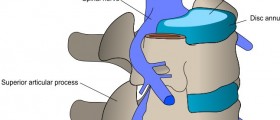
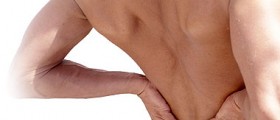

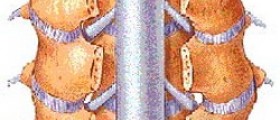



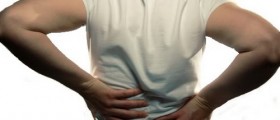


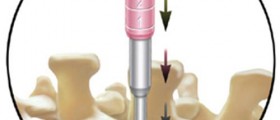


Your thoughts on this
Loading...